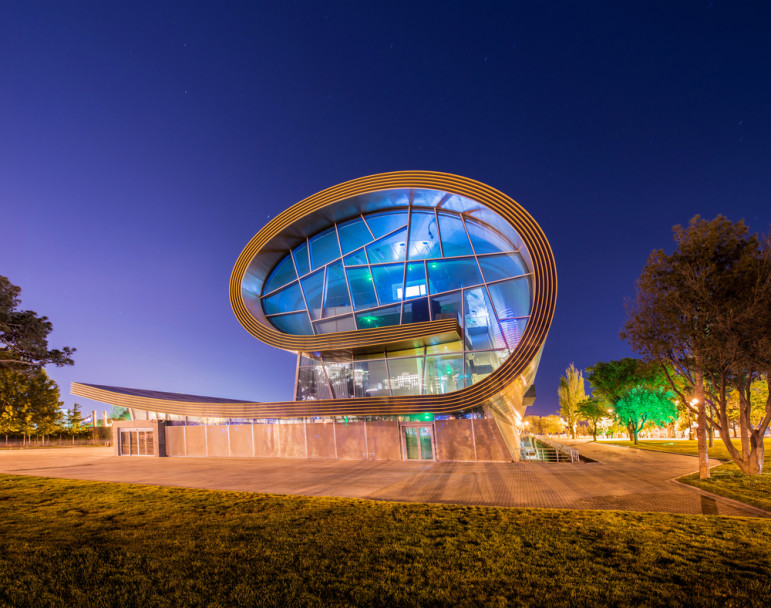
February 11, 2016; The Verge
Not sure when you’ll make time to visit the national parks? Google is prepared to take you there—virtually—both for scenic views and for close-ups of the art and artifacts you’d see. According to The Verge, Google, which has been “building out an online museum for the past five years,” is now adding nearly four thousand works of art, artifacts, and records as a result of a partnership with the National Park Service. These, along with almost sixty new Street View exhibits (50 outdoor park views and eight interior views of museums and historical locations), are part of the National Parks Collection on Google’s vast Cultural Institute site
Google Cultural Institute, which in just a few years has amassed images and information gathered from more than 1,000 groups from around the world, contains more than 730 art and cultural collections from sites and museums large and small. On one end of the spectrum are the world’s most visited institutions, including the Smithsonian, the British Museum and The Hermitage; on the other end, some that are very specialized, such as the Azerbaijan Carpet Museum and Japan’s Seto Inland Sea Folk History Museum.
New features and collections are being added at a dizzying pace. Google’s partnership with The British Museum was announced in November; one with the Guggenheim focusing on its architecture was announced in late January; in the first week of February, the site We Love Budapest announced partnerships with museums there. On a Lilliputian scale, there’s news from Hamburg, Germany, about Google capturing scenes from Miniatur Wunderland, the world’s largest model railway museum. This last was ingeniously done by putting a Google Street View camera on tiny toy cars and other vehicles and driving them around the model village exhibit, capturing hidden angles of streets and buildings too small or not visible to the naked eye.
Sign up for our free newsletters
Subscribe to NPQ's newsletters to have our top stories delivered directly to your inbox.
By signing up, you agree to our privacy policy and terms of use, and to receive messages from NPQ and our partners.
Not everyone is a fan, of course. Last fall, Maureen Dowd of the New York Times wrote in a piece entitled “The Google Art Heist” that “the more playful Google gets, the more paranoid I get.” Conceding on the one hand that the collection, containing “the most famous paintings of the Uffizi to an archive of South Korean film to virtual galleries of the pyramids,” is impressive, Ms. Dowd also pointed out questions that have been posed elsewhere about whether the “project will lead to people prowling museums from the comfort of their couch, filtering and missing out on actual visits.” Copyright concerns have also been raised, as the Washington Post reported last year, saying, as with Google’s Books project, “Google’s grand cultural efforts have been dogged by suspicion and property-rights claims.”
And, lest any area of the arts think that this couldn’t apply to them, take heed. Just two months ago, a Wall Street Journal article said the Google Cultural Institute proved that “practicing—or buying a ticket” are no longer the only ways to get to Carnegie Hall, or to more than 60 other performing arts venues around the world. Now, you can go virtually to meet famous performers, get a backstage tour, and even “be thrust in the middle of the action.”
Really, with all this, how will we find time to actually go anywhere that isn’t virtual? Except maybe the gym, until Google finds an armchair solution to burning calories…and that can’t be far off.— Susan Raab













